Endangered Species Act Listing News
The U.S. Fish and Wildlife Service has proposed listing the monarch butterfly as threatened with species-specific protections and flexibilities to encourage conservation under section 4(d) of the Endangered Species Act (ESA).
About the Monarch
Crossing the Continent
The annual migration of monarch butterflies is one of the world’s great natural phenomena. The eastern monarch butterfly departs from their overwintering site in Mexico up through the Central and Eastern United States to Canada and back. These journeys span from four to five generations of the butterfly, meaning that the individuals that alight in Mexico are at least the great grandchildren of those that did it before them. Breeding west of the Rockies, the western monarch butterfly annually migrates to overwinter in the wooded groves along the California coast.
Want to learn more? Call our Pollinator Habitat Help Desk at (337) 422-4828 or (337) HABITAT.
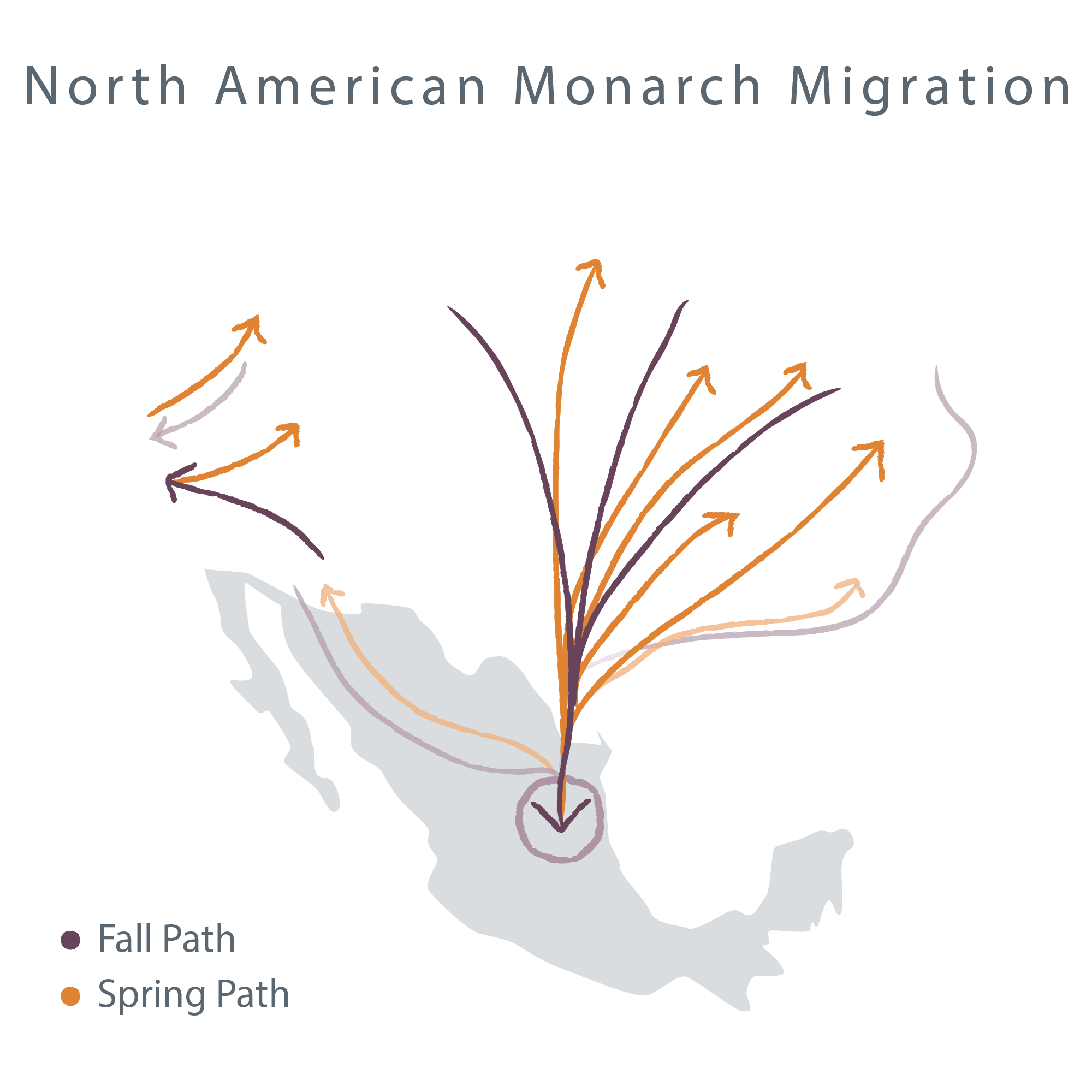
Millions of butterflies sweep up into the mountains of central Mexico and form clusters on oyamel fir trees at 10,000 feet or more above sea level usually on steep, southwest-facing slopes.
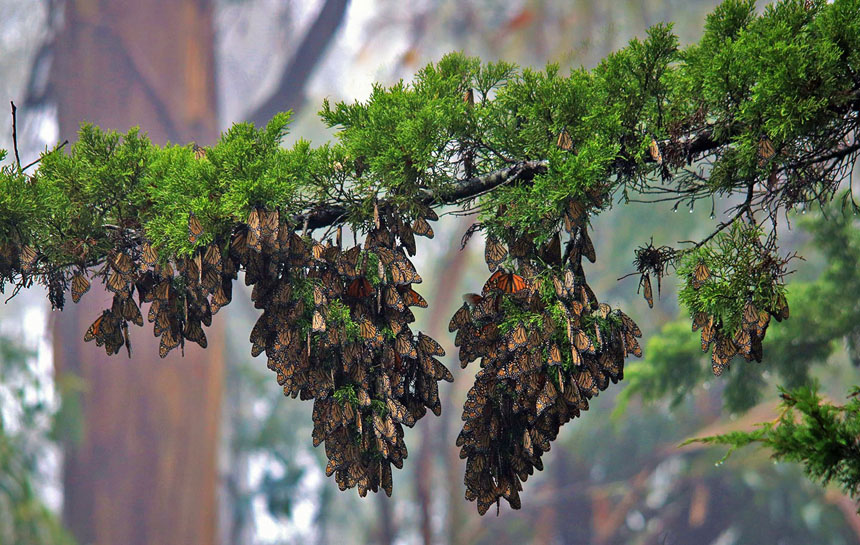
Powered by Flowers
Before one generation of monarch finishes its lifespan, it lays eggs to begin the next. Monarch adults only lay their eggs on milkweed, and their caterpillars eat nothing but milkweed. Once caterpillars have pupated and emerge as butterflies, their menu expands to a wide range of nectar producing flowers that fuel their continent-spanning migration.

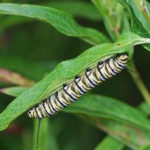
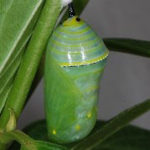
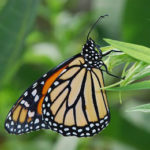
A Species in Decline
The loss of milkweed and other nectar plants along the monarch migration route reduces the resilience of the monarch population to predators, parasites, pathogens, and weather events. Environmental stressors and habitat loss have caused recorded declines in monarch numbers since the 1990s.

In 2014, the U.S. Fish and Wildlife Service (USFWS) received a petition to place the monarch under the Endangered Species Act (ESA). Once a species is listed, regulatory actions are taken to prevent further harm to it or its habitat. In the case of the monarch, a listing decision may impact land management decisions throughout its migration path.
In December 2020, USFWS issued a determination based on the results of its review that listing the monarch butterfly under the Endangered Species Act is warranted but precluded by species of higher priority.
In December 2024, USFWS proposed listing the monarch butterfly as threatened with species-specific protections and flexibilities to encourage conservation under section 4(d) of the Endangered Species Act (ESA). USFWS has opened a 90-day public comment period that will close on March 12, 2025.
After considering public comments and additional scientific information, USFWS has a year to make a final determination on whether to list the species as endangered, threatened, or not list it at all. Alongside the final listing decision, the agency may also finalize the 4(d) rule (if the species is listed as threatened) and designate critical habitat one year after the proposed rule.
More information can be found on the Farmers for Monarchs ESA Listing Decision Toolkit.
How Farmers and Landowners Can Help

Landowners and farmers can play a strong role in the revival of monarch populations as much monarch habitat is in private hands. They can help by protecting, restoring, and establishing native milkweed and other nectar plants to support the rehabilitation of monarch butterfly habitat. Habitat plantings can fit into many niches on the agricultural landscape, including conservation lands, grazing lands, rights-of-way, field margins, and yard and garden areas. Native milkweed and other nectar-producing flowers planted in these areas yield multiple on-farm benefits.
Please see our State Resources page to find resources and see how you can plant habitat in non-productive areas of your land to create monarch habitat.
Additionally, the Monarch Joint Venture has partnered with the U.S. Fish & Wildlife Service to host a series of webinars on monarch biology, monitoring, and conservation. You can watch the webinars, or access the schedule of upcoming webinars, by visiting this page. You may also want to download HabiTally, an app hosted by Iowa State University that enables farmers, ranchers, landowners and private citizens to support efforts to support monarch habitat by entering data about conservation efforts on their farms or yards, or even in locations like churches or parks where groups may create new habitat.
 “Farmers can get a great return on marginal crop lands by enrolling these acres in state and national conservation programs. Monarchs need small patches of habitat in as many places as possible rather than a few large ones. This approach can bring monarch populations back and benefit the land and the farmer. Every little bit helps.” - Wayne Fredericks, American Soybean Association Board member and farmer
“Farmers can get a great return on marginal crop lands by enrolling these acres in state and national conservation programs. Monarchs need small patches of habitat in as many places as possible rather than a few large ones. This approach can bring monarch populations back and benefit the land and the farmer. Every little bit helps.” - Wayne Fredericks, American Soybean Association Board member and farmer
Monarch habitat promotes biodiversity and sustainability near productive farmlands.
Attracts Pollinators
Improves Soil Health And Water Quality
Houses Natural Enemies Of Crop Pests
Increases Wildlife Diversity
How to enhance monarch habitat
The success of a habitat planting is made more likely by observing the following principles. More locally specific information can be found on our state resources page.
Site Selection
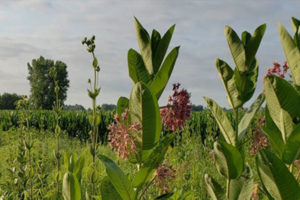
Monarch butterflies require milkweed to reproduce and a variety of flowering plants for nectar. Enhancements can range from allowing non-cropping areas to flower to establishing plantings from seed.
- Identify and maintain existing milkweed stands outside of production areas.
- Sites with weed species that are exotic, invasive, and/or potentially resistant to herbicides can be utilized with proper site preparation and management.
- Consider using monarch and pollinator friendly practices in land enrolled in private land conservation programs.
Habitat conservation/Management
Maintain and monitor existing milkweed stands. Consider ways to incorporate monarch and other species’ needs into land management practices.
- Avoid overspray of habitat with herbicides and insecticides. Follow application guidelines when managing weeds and insect pests, and consider field margins as sensitive areas.
- Manage roadside/ditches to promote habitat – plan mowing and any use of herbicides to avoid time periods when monarch eggs and caterpillars are present.
- Adopt grazing and burning practices that promote beneficial plants.
Planting
 Promote the successful establishment of milkweed for monarch breeding and other nectar plants beneficial to adult monarchs and other pollinators.
Promote the successful establishment of milkweed for monarch breeding and other nectar plants beneficial to adult monarchs and other pollinators.
- Determine the best mix of milkweed and nectar plants to attract a variety of pollinators in addition to monarchs, using seeds grown as locally as possible.
- Prepare the seed bed to support successful plant establishment.
- Milkweed can be difficult to grow from seed and will require site maintenance to establish.

